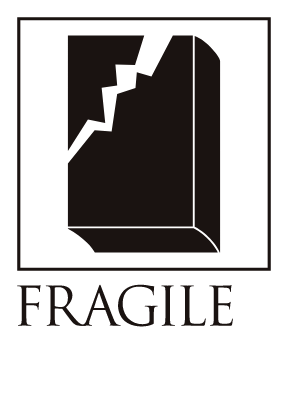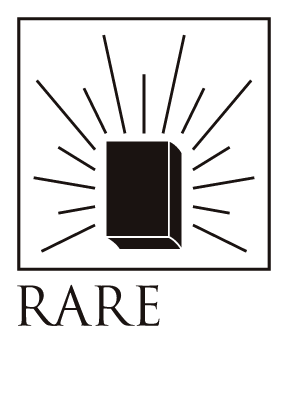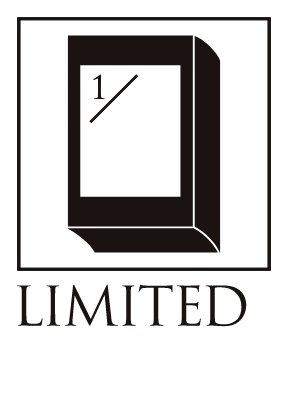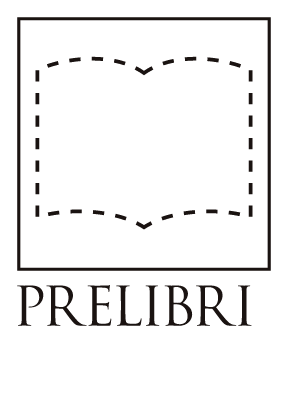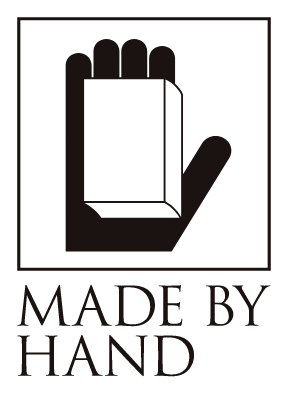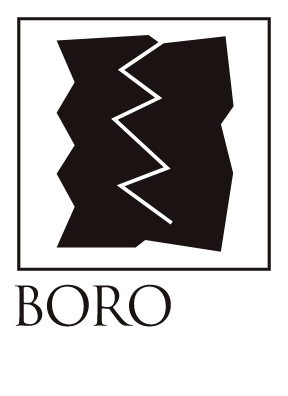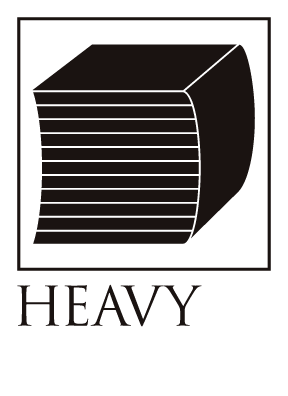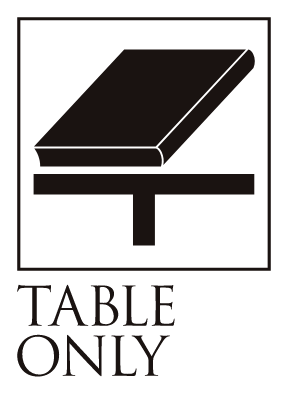PFERDEBEINE
Bibliographic Details
- Title
- PFERDEBEINE
- Artist
- Yasutomo Ota / 太田泰友
- Year
- 2015
- Size
- h660 × w160 × d10 mm
- Weight
- 700g
- Language
- German / ドイツ語、Japanese / 日本語
- Printing
- ハンドオフセット印刷
- Materials
- 蹄鉄によるグラフィック、楮紙、NTスフール
- Edition
- 23
- Condition
- new
The original work is a horror story by Ryunosuke Akutagawa.
«PREFERDEBEINE»
2015
The work is based on Ryunosuke Akutagawa's "Horse's Leg."
The length of this book is 66cm. It is a little short for a thoroughbred, but it is exactly the average length for native horses in Japan. There is no bookshelf that can fit a horse's legs, and this book is unlikely to fit on the bookshelf either.
I will give a very brief explanation of Akutagawa's "Horse's Leg." "Horse's Leg" is a tale that first appeared in 1925 (Taisho 14), and begins with the line, "A fairy tale to read to adults." In the Taisho era, Hanzaburo Oshino, a trading company employee living in Beijing, was accidentally killed and ended up in the underworld. He was revived, but his leg had already rotted by then, so he was sent back to the world with a horse's leg instead. The transplanted horse's leg instinctively galloped around, regardless of the protagonist's will, and eventually his wife saw his hairy horse's leg peeking out from under his white pants, and he eventually disappeared. It is a fantastic story reminiscent of Franz Kafka's "Metamorphosis."
Even though the cover is pure white, you can feel the texture of a living thing, like an expression or body heat. Opening the pages inside, you are surprised by the layout of the text. The Japanese and German text flows along the outline of a trouser pattern, creating a truly mysterious sight. And beneath the text run the traces of a stumble. This visual image makes the viewer think of the sound of horse hoofs and the dust kicked up by the horses. Because it is a large, narrative-rich book, you are seized by the illusion of being sucked into it with each turn of the pages.
The white paper used for the cover and horseshoe graphics was chosen based on the white pants worn by the main character, Hanzaburo Oshino. At first glance it looks like ordinary paper, but when you touch it, it has a special texture that feels like fur, animal skin, or human skin. The Japanese and German titles are strongly embossed on the cover to emphasize the texture of the paper.
The text is arranged in the shape of a trouser pattern. In the story, the horse's leg, which was transplanted when the protagonist was sent back to earth from heaven, is connected below the protagonist's thigh, so the text is arranged so that the Japanese text above the pattern connects with the German text below. Also, inside the double-folded printed washi paper, graphics made by applying ink to a horseshoe and pressing it directly into the paper are inserted, so no two books are the same. By combining washi paper with the motif of stencil paper, the book explores the possibilities of washi paper, a material that is actually used as a stencil paper.
About "Horse's Leg":
It was published in 1925, just two years before Akutagawa Ryunosuke took his own life. "The Horse's Leg" is a fantastic story about a middle-aged man who has a horse's leg transplanted into his thigh. Events such as resuscitation and transplantation symbolize "rebirth," while the horse's leg, galloping instinctively regardless of the man's will, symbolizes "madness." At this time, Akutagawa Ryunosuke was already suffering from mental illness. The main character, Oshino Hanzaburo, may have been Akutagawa Ryunosuke himself.
